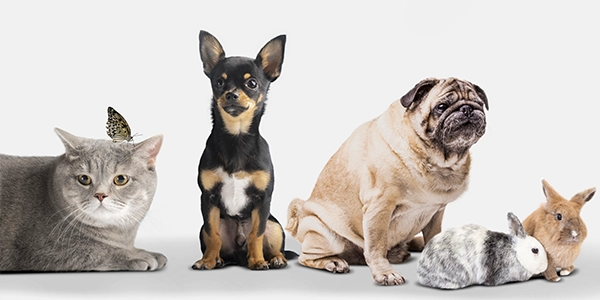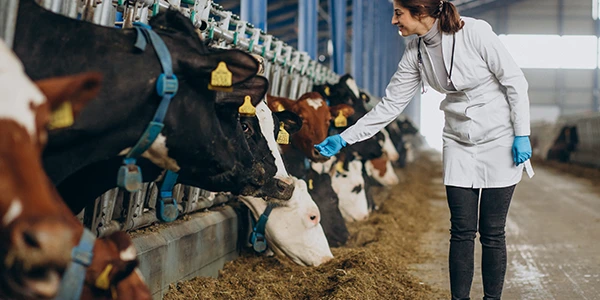Whether you care for a pet or manage a farm, keeping animals and their surroundings clean is essential.
Regular animal hygiene and disinfection protect against germs that cause illness, helping prevent
outbreaks and diseases that can spread from animals to humans. More than half of human infectious diseases come from
animals, which shows how important good hygiene is in barns, kennels, and homes. A consistent disinfection routine not
only keeps animals healthy but also gives peace of mind to owners and farmers.
Why Disinfecting Animal Areas Matters
- Prevents disease spread: Animals can carry bacteria, viruses, and fungi. Disinfecting their living spaces destroys these pathogens and stops infection cycles. This is key to controlling contagious diseases and zoonoses (those that spread from animals to humans).
- Improves animal welfare: Clean living spaces mean healthier, happier animals. Poor hygiene can lead to infections, parasites, skin problems, and stress. Regularly cleaning and disinfecting bedding, feeding areas, and tools supports their well-being and avoids costly vet issues.
- Protects human health: Many diseases can pass from animals to people. Proper disinfection—especially in shared spaces like homes, farms, or petting zoos—reduces these risks and keeps families and workers safe.
- Boosts farm biosecurity: On farms, hygiene is vital for biosecurity. Disinfecting barns, stalls, and equipment prevents outbreaks like foot-and-mouth disease or avian flu. Clean facilities meet safety regulations and protect both animals and business.

Best Practices for Safe, Effective Disinfection
- Use safe, eco-friendly disinfectants: Choose non-toxic, pet-safe, and biodegradable products designed for animals’ sensitive skin. Alcohol-free, plant-based options like Logic Sept Animal offer powerful protection without irritation or strong odors.
- Clean before disinfecting: Remove dirt, manure, or bedding first, since debris reduces disinfectant effectiveness. Clean and disinfect regularly—especially stalls, cages, bowls, and troughs.
- Focus on high-touch areas: Disinfect spots animals touch most, like feeding areas, mats, toys, pens, and shared tools. This prevents germs from spreading between animals and people.
- Maintain grooming: Clean animals help keep their environment clean. Bathing and brushing remove dirt and parasites. For example, washing a dog after outdoor play or cleaning a cow’s udder before milking lowers bacteria risk.
- Follow veterinary advice: Ask your vet which products and routines suit your animals best. A professional can recommend how often to disinfect and what’s safest for each species.

For Pet Owners: Keeping Your Home Safe & Sanitised
Make disinfection part of daily pet care. Clean and disinfect bedding, litter boxes, toys, and bowls often. Use hot
soapy water before applying disinfectant to remove dirt and bacteria. Always choose pet-safe, alcohol-free cleaners—many pets,
especially cats, are sensitive to strong chemicals. Even wiping your pet’s paws after walks can help keep your home
clean and safe.
For Farmers: Disinfection and Farm Biosecurity
Healthy livestock are the foundation of every farm. Regular cleaning and disinfection protect herds and prevent
disease. Remove manure and dirty bedding quickly, then disinfect floors, walls, and feeding areas. Place footbaths or
disinfectant mats at barn entrances, and clean tools, tires, and equipment that move between farms. Using gentle but effective
animal-safe disinfectants such as Logic Sept Animal
supports biosecurity and meets modern food safety and animal welfare standards.
Conclusion
Disinfecting animals and their surroundings is more than a cleaning task—it’s a key part of health and safety. With
safe, bio-based disinfectants and consistent routines, pet owners and farmers can protect animals, prevent disease, and promote
better animal welfare. A clean environment means healthier animals and a safer world for everyone.